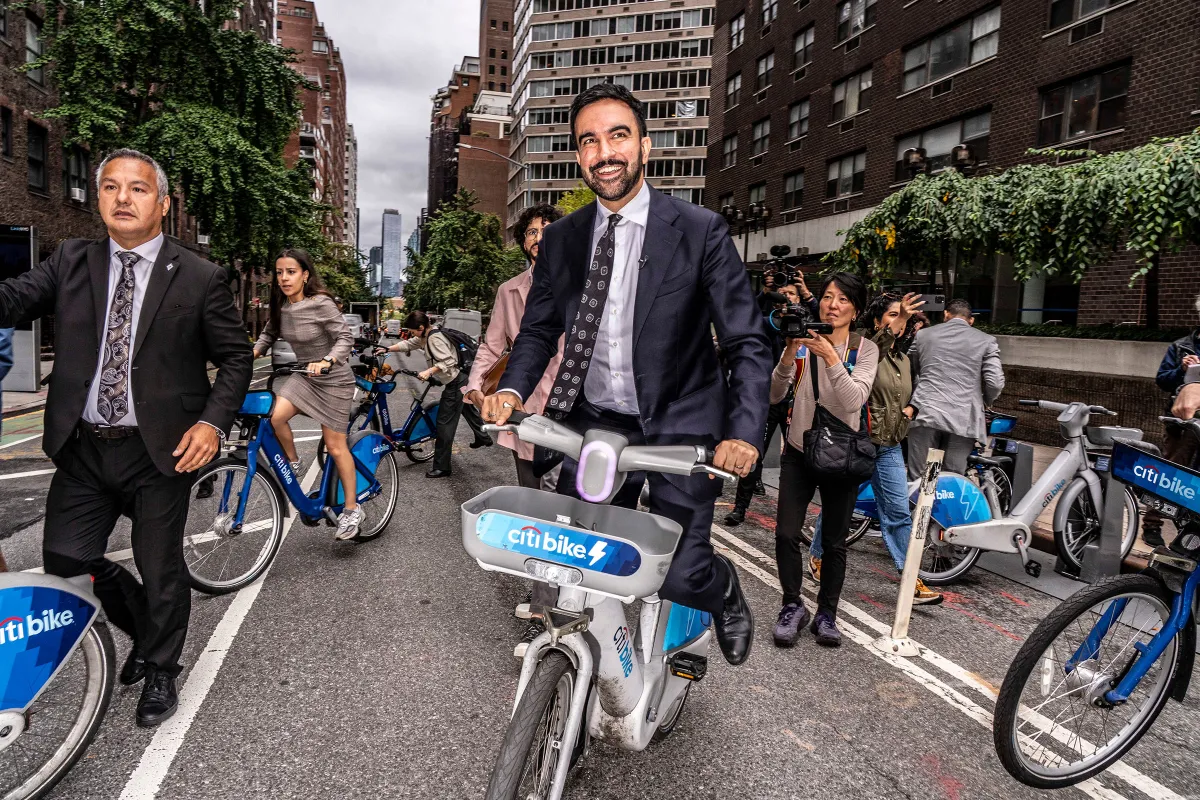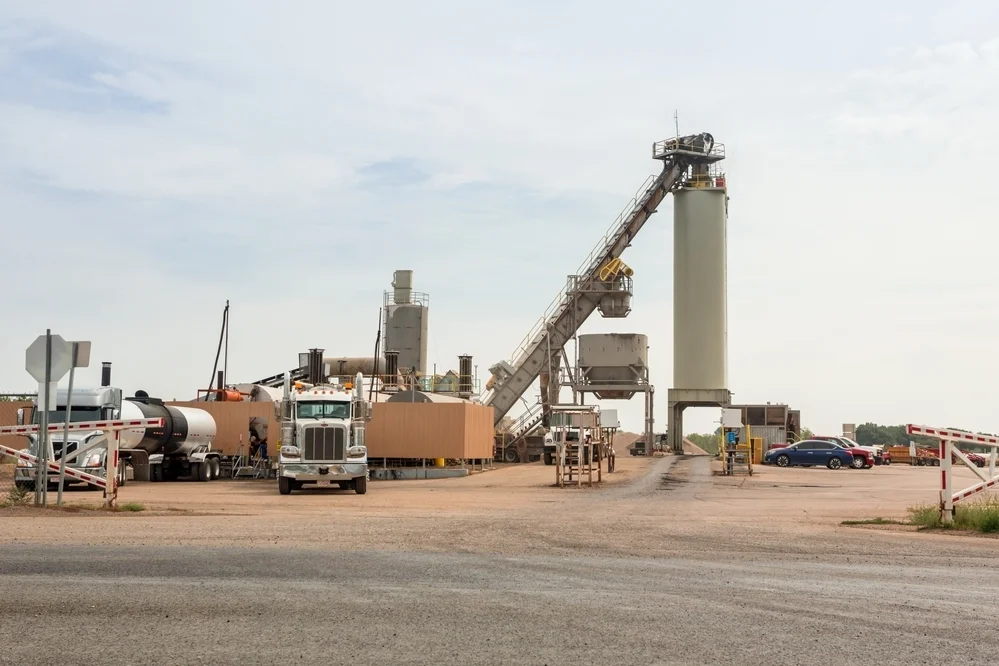Copyright time

In the 1890s, politicians of all stripes lobbied for the “bicycle vote,” a group that consisted mostly of affluent white men. Theodore Roosevelt was a card-carrying member of the League of American Wheelmen, the largest bicycle advocacy group in the nation. He was also a New York City Police Commissioner, overseeing a group of one hundred bicycle police officers. They mainly arrested reckless cyclists. In 1965, the staunchly conservative William F. Buckley Jr. ran for mayor. He proposed a giant, elevated bicycle highway that would have run above Second Avenue. Buckley lost to John Lindsay, who toyed with less radical ideas, including car-free hours in Central Park and on-street bike lanes. Business owners pushed back over parking. The lanes never came to be. Ed Koch famously rode the bus to his 1978 mayoral inauguration. And after having visited China and in the wake of a transit strike (Koch encouraged people to bike while waging a public war on the Transport Workers Union), the mayor pushed for bike lanes, this time separated by a curb from motor traffic. Koch was not a socialist. Nor was he a cyclist. In fact, he learned how to ride, practicing on the driveway of Gracie Mansion, only for the purposes of a photo op when he inaugurated the new lanes wearing a funny-looking reflective vest. The lanes lasted only months. It was Democrats who built the bike lanes. And Democrats who killed them.



